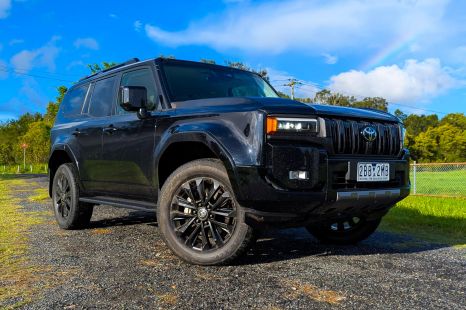

William Stopford
3 Months Ago

News Editor
The first new-generation Everest SUVs have started leaving Ford’s factory in Thailand ahead of the Australian launch in August.
Images shared by Ford in Thailand show scores of Everest models parked, ready for transit.
Australian deliveries are beginning a month or so after those of the Ranger ute on which it’s based. The first utes have already reached customers, though some examples have been held while Ford addresses a vibration issue.
Like the Everest, the hot petrol-powered Ranger Raptor is also due in August.
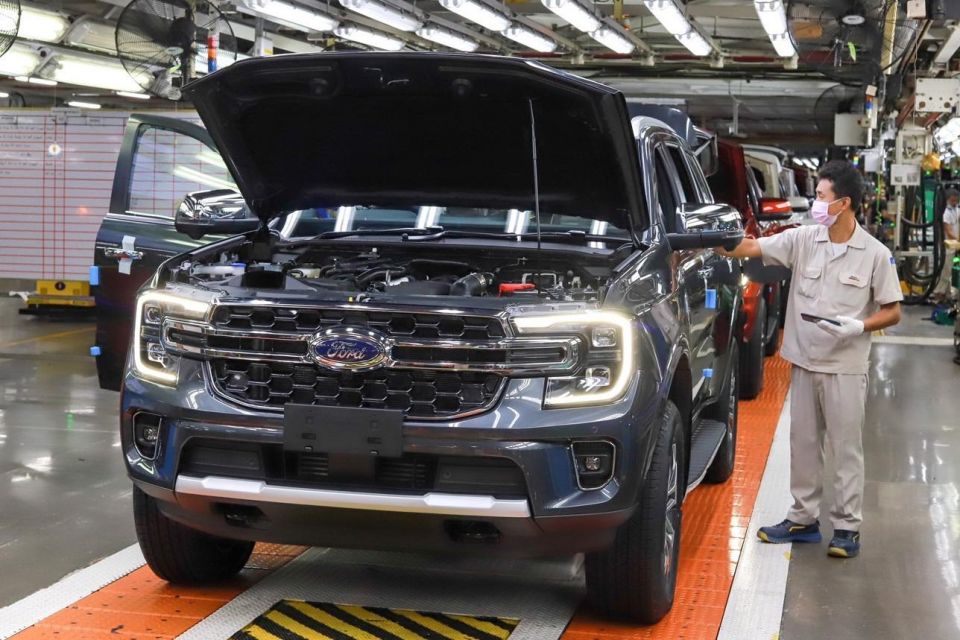
Ford Australia says waiting times for the Everest could be as high as those for the Ranger, with customers looking at waits upwards of nine months for the most popular variants.
It has specifically called out strong demand for the optional Tow and Touring packages, advising customers may get their Everest sooner if they specify their vehicle without said packages.
Ford said last month it had racked up over 19,000 orders for the Ranger and Everest, including 4000 for the Ranger Raptor and 2000 for the Everest.
The Everest range opens at $52,990 before on-road costs for the five-seat, rear-wheel drive Ambiente, topping out at $77,690 before on-roads for the seven-seat, four-wheel drive Platinum.
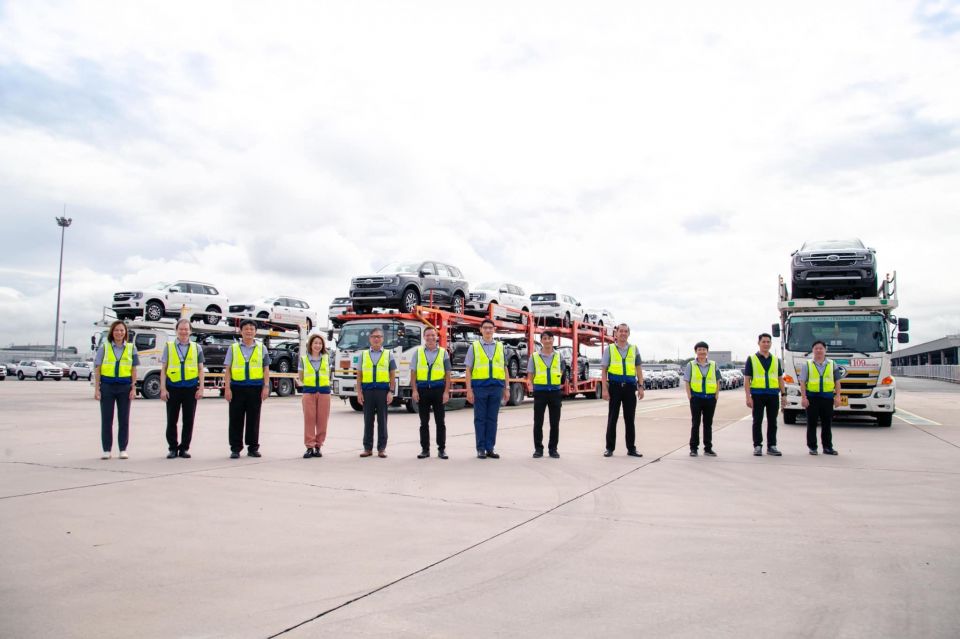
As with the Ranger, there’s a 2.0-litre Bi-Turbo four-cylinder diesel engine with 154kW of power and 500Nm of torque, plus a new 3.0-litre turbo-diesel V6 with 184kW and 600Nm.
Unlike the Ranger, it’s only available with a full-time on-demand four-wheel drive system with a two-speed electromechanical transfer case.
Ford has pumped a claimed $US900 million ($A1.25 billion) into its Thailand manufacturing operations to support production of the new Ranger and Everest.
It’s billed as Ford’s biggest investment in the region in its 25-year history there.
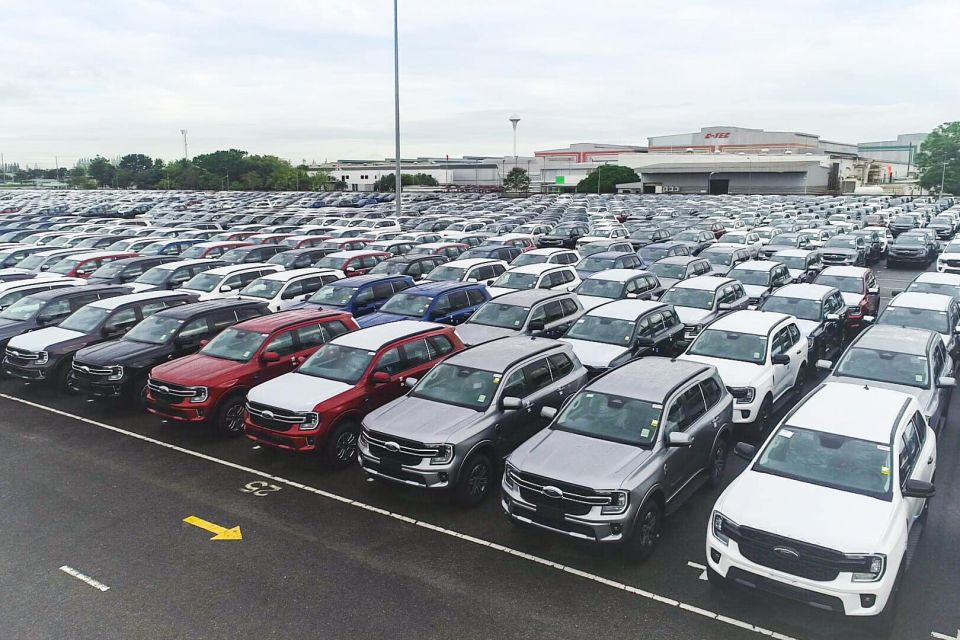
The investment has brought Ford’s Thai plants into line with today’s efficiency, flexibility, and quality processes, with the company saying it has deployed “extensive upgrades and new state-of-the-art manufacturing technologies and accompanying training”.
Ford has also increased its production flexibility in terms of body styles, meaning more flexibility in planning and scheduling so the plant can react more quickly to customer demand.
MORE: Ford Everest price and specs MORE: Everything Ford Everest
Take advantage of Australia's BIGGEST new car website to find a great deal on a Ford Everest.
William Stopford is an automotive journalist based in Brisbane, Australia. William is a Business/Journalism graduate from the Queensland University of Technology who loves to travel, briefly lived in the US, and has a particular interest in the American car industry.


William Stopford
3 Months Ago


Scott Collie
2 Months Ago


William Stopford
2 Months Ago
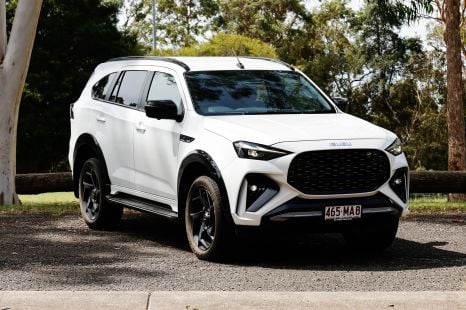

Matt Campbell
23 Days Ago
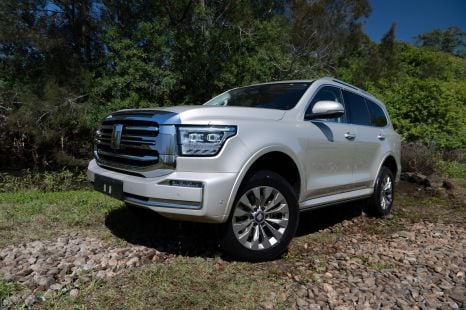

Damion Smy
17 Days Ago
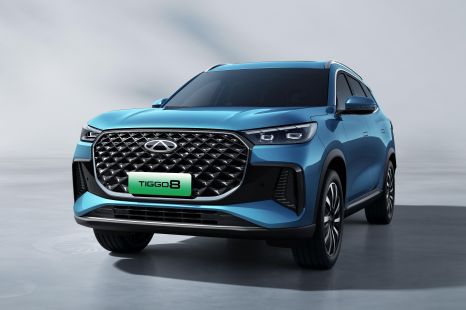

William Stopford
17 Days Ago